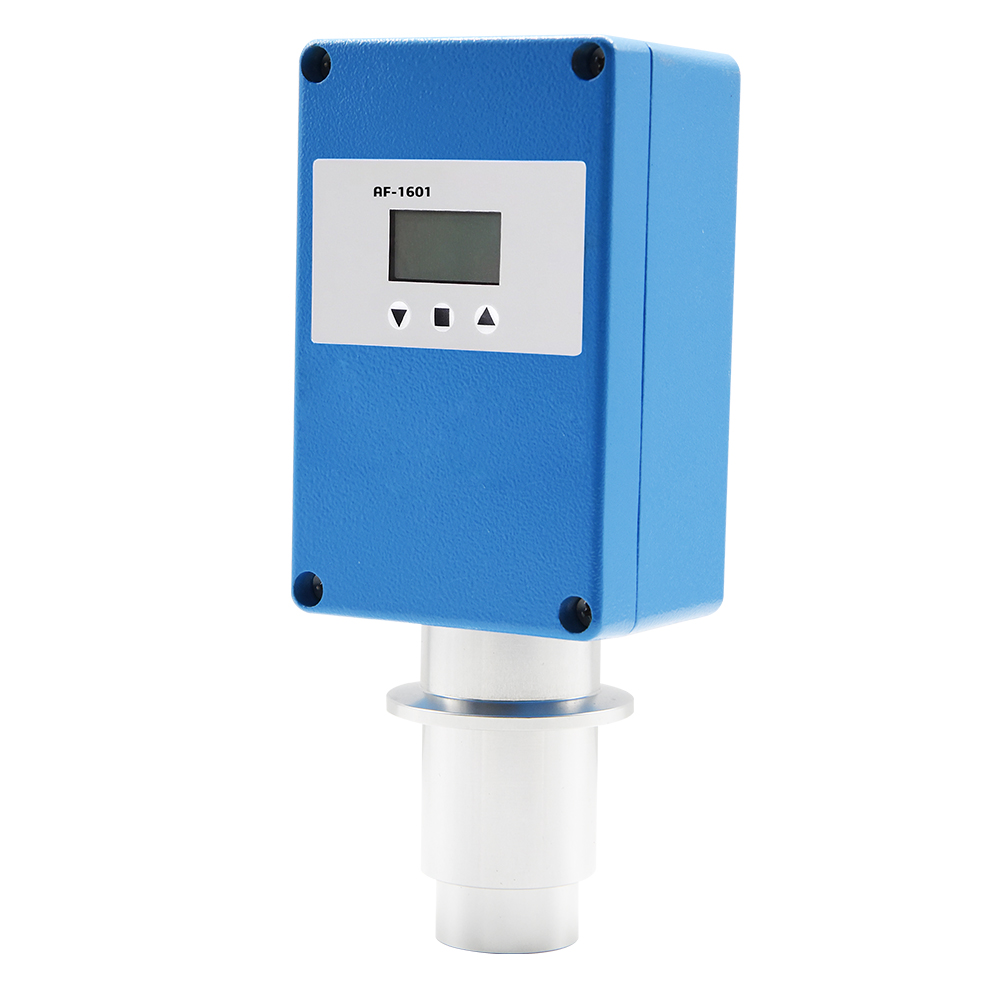Analysis Oxygen content (oxygen content) is one of the very important indicators in the industrial production process, which directly affects the production capacity, speed, efficiency and safety. Therefore, how to measure the oxygen content quickly, accurately and reliably in order to control the oxygen content in time is very important.
The ion flow method is a new oxygen content measurement method developed based on this demand. Compared with the traditional oxygen content measurement method (electrochemical oxygen analyzer, zirconia oxygen analyzer, magnetic oxygen analyzer), the response speed is It has many advantages in terms of stability, instrument price and sensor service life, especially suitable for high-content oxygen analysis.

The traditional oxygen content measurement is based on the principles of “fuel cell method (also called electrochemical oxygen analysis)”, “magnetic oxygen analyzer”, “zirconia oxygen analyzer”, and “laser oxygen analyzer”; today, Norco Instruments Everyone introduces an advanced “ion flow oxygen meter, ion flow oxygen analyzer”.
The stabilized ZrO2 is coated with platinum electrodes on both sides, and the cathode side is joined with a cover with gas diffusion holes to form a cathode cavity. At a certain temperature, when a certain voltage is applied to both sides of the ZrO2 electrode, the oxygen molecules in the cavity obtain electrons at the cathode to form oxygen ions (O2-), O2- migrates to the anode through the oxygen vacancies of ZrO2, and becomes oxygen after releasing electrons. The molecular gas is released. This phenomenon is called an electrochemical pump. In this way, the oxygen in the cathode cavity is continuously pumped out of the cavity by the ZrO2 electrolyte, forming an electric current in the loop. When the oxygen mole fraction is constant, the voltage increases, and the current intensity increases accordingly. When the voltage exceeds a certain value, the current intensity reaches saturation. This is the result of the diffusion of oxygen through the pores into the cathode cavity, which is restricted by the pores. This saturation current is called ion current. The gas diffusion mechanism in the small holes determines the properties of the sensor. There are generally two types of ion current conditions for pore diffusion, namely molecular diffusion and Knudsen diffusion.
